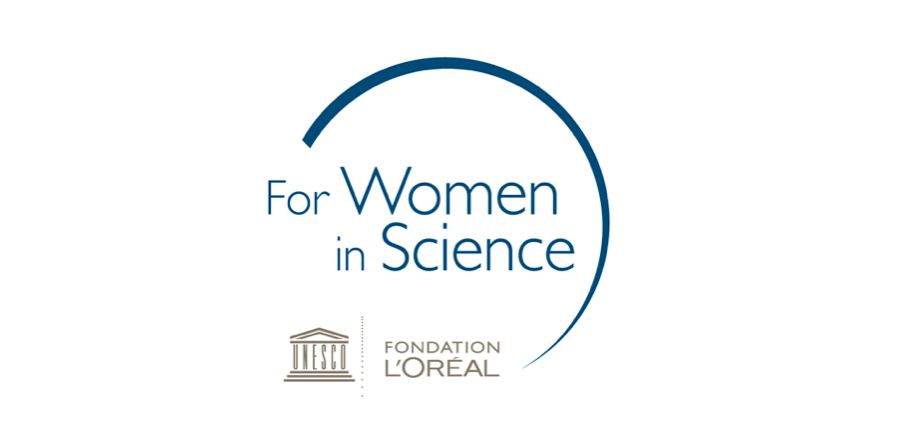
From astrophysics to biomedicine, from natural sciences to precision agriculture, from 3D printing to Artificial Intelligence: these are the fields covered by the winning projects of the L’Oréal-UNESCO for Women in Science Awards, which, again this year, awarded six grants worth 20,000 euro each to six Italian women researchers aged under 35 years working in the fields of life and materials sciences.
The awards ceremony for this 20th edition was held in Milan, at the National Museum of Science and Technology. The winners were selected from over 250 applications received from across Italy.
With the project “Esplosioni dal passato: osservazioni radio a bassa frequenza per studiare la vita e gli effetti dei buchi neri supermassicci” (Explosions from the past: low-frequency radio observations to study the life and effects of supermassive black holes), Marisa Brienza, National Institute for Astrophysics (INAF), will study the impact of supermassive black holes on their surrounding environment, attempting to reconstruct with an unprecedented level of detail how frequent and powerful the explosions of these cosmic objects are.
The other winners are: Chiara Borsari, University of Milan, with the project “Strategie antiglicolitiche innovative basate sull’attivazione selettiva nel tumore di inibitori covalenti” (Innovative antiglycolytic strategies based on the selective activation of covalent inhibitors in the tumor); Martina Cecchetti, University of Turin, with the project “Predazione su specie vulnerabili da parte dei gatti domestici sull’isola di Linosa, hotspot di biodiversità” (Predation on vulnerable species by domestic cats on the island of Linosa, hotspot of biodiversity); Agnese Chiatti, Polytechnic University of Milan, with the project “Metodi neuro-simbolici per migliorare l’intelligenza visiva dei robot: il caso dell’agricoltura di precisione” (Neuro-symbolic methods to improve the visual intelligence of robots: the case of precision agriculture); Vittoria Laghi, University of Bologna, with the project “Come impiegare la stampa 3D metallica per realizzare elementi strutturali reticolari ad alta efficienza” (How to use metal 3D printing to create highly efficient reticular structural elements); and Sara Moccia, Sant’Anna School of Advanced Studies, with the project“Artificial Intelligence for Preterm Infants’ Healthcare” (4PretermsAICare): Artificial Intelligence to support the screening of disorders related to preterm birth.

